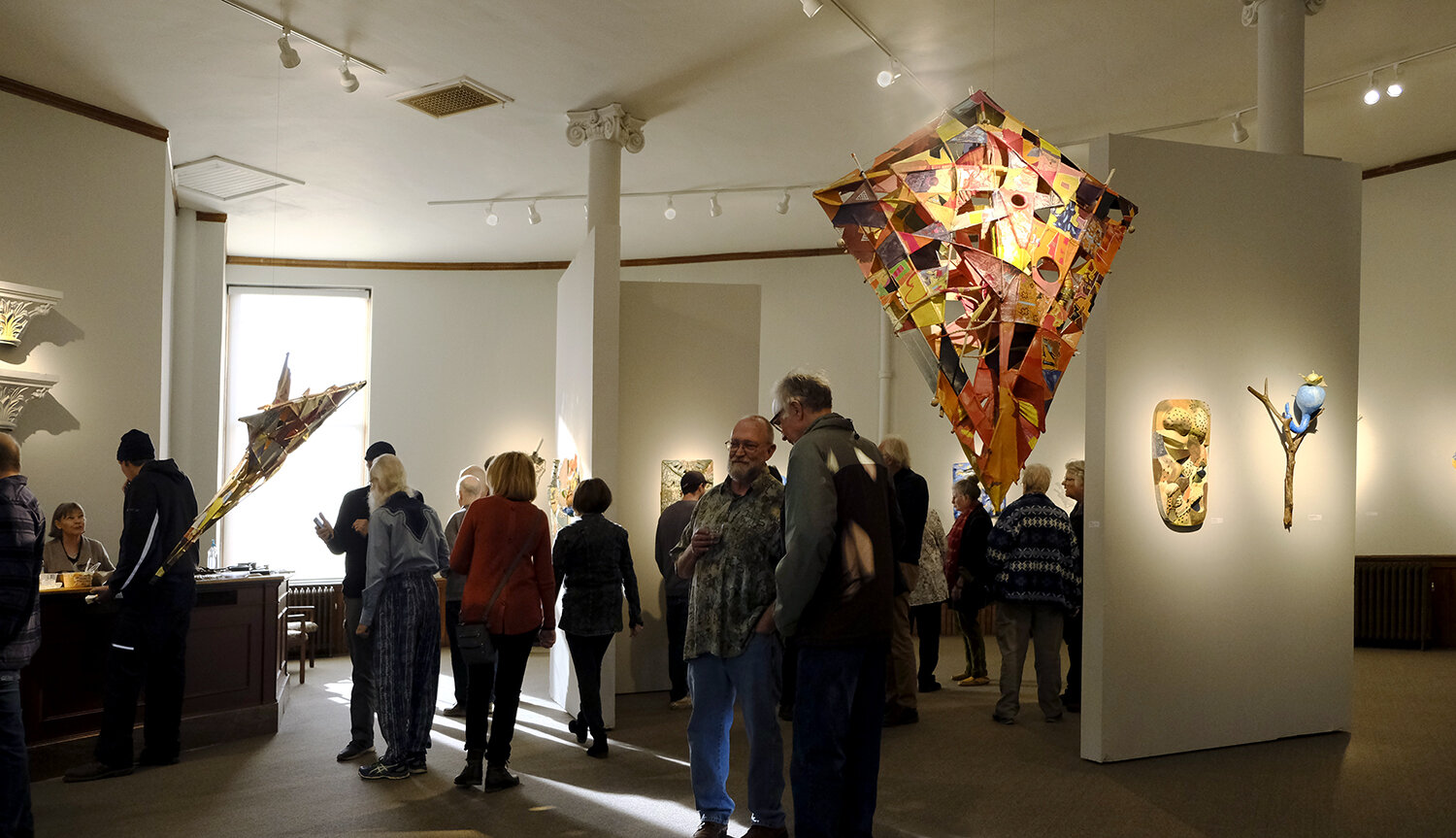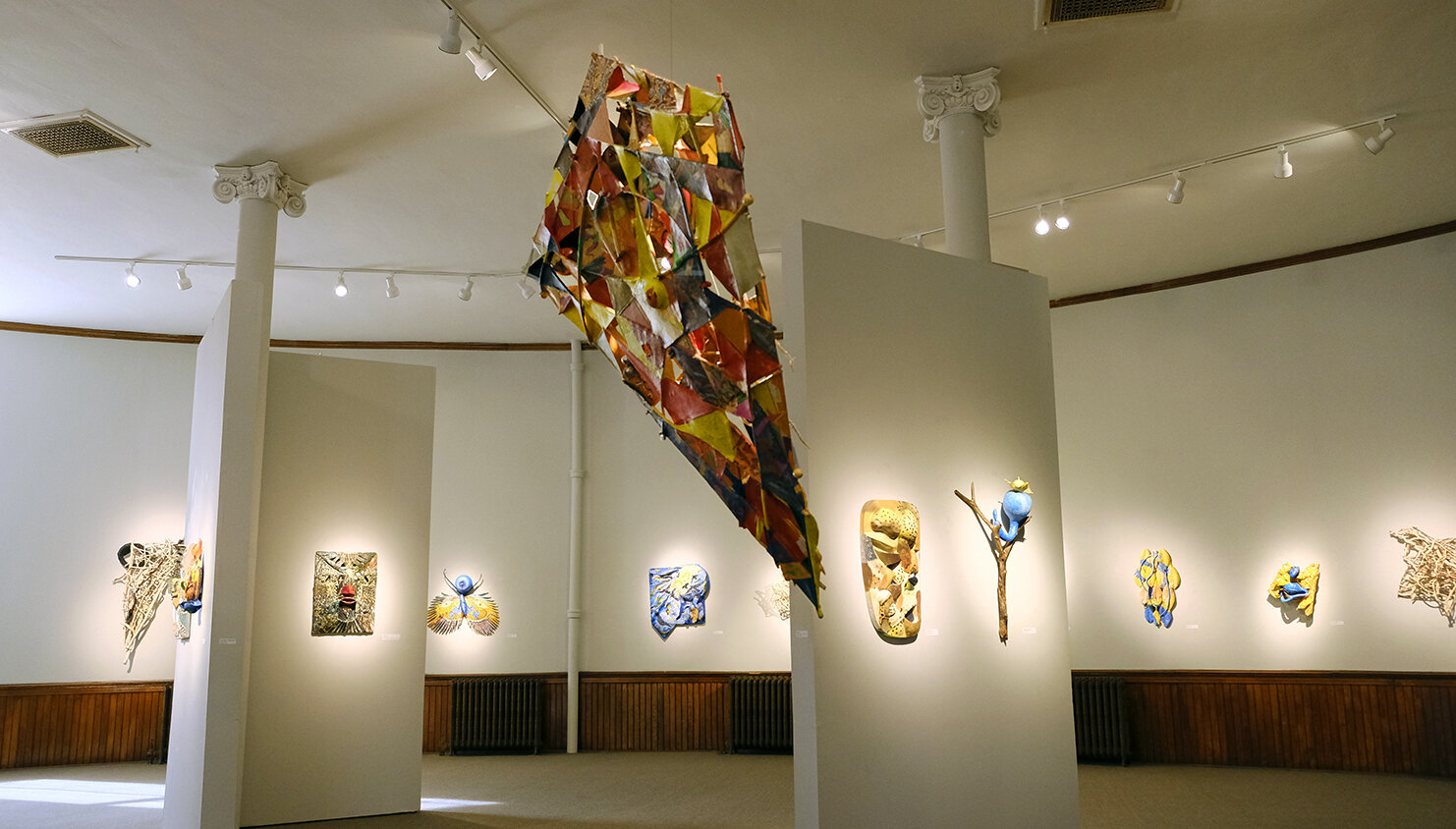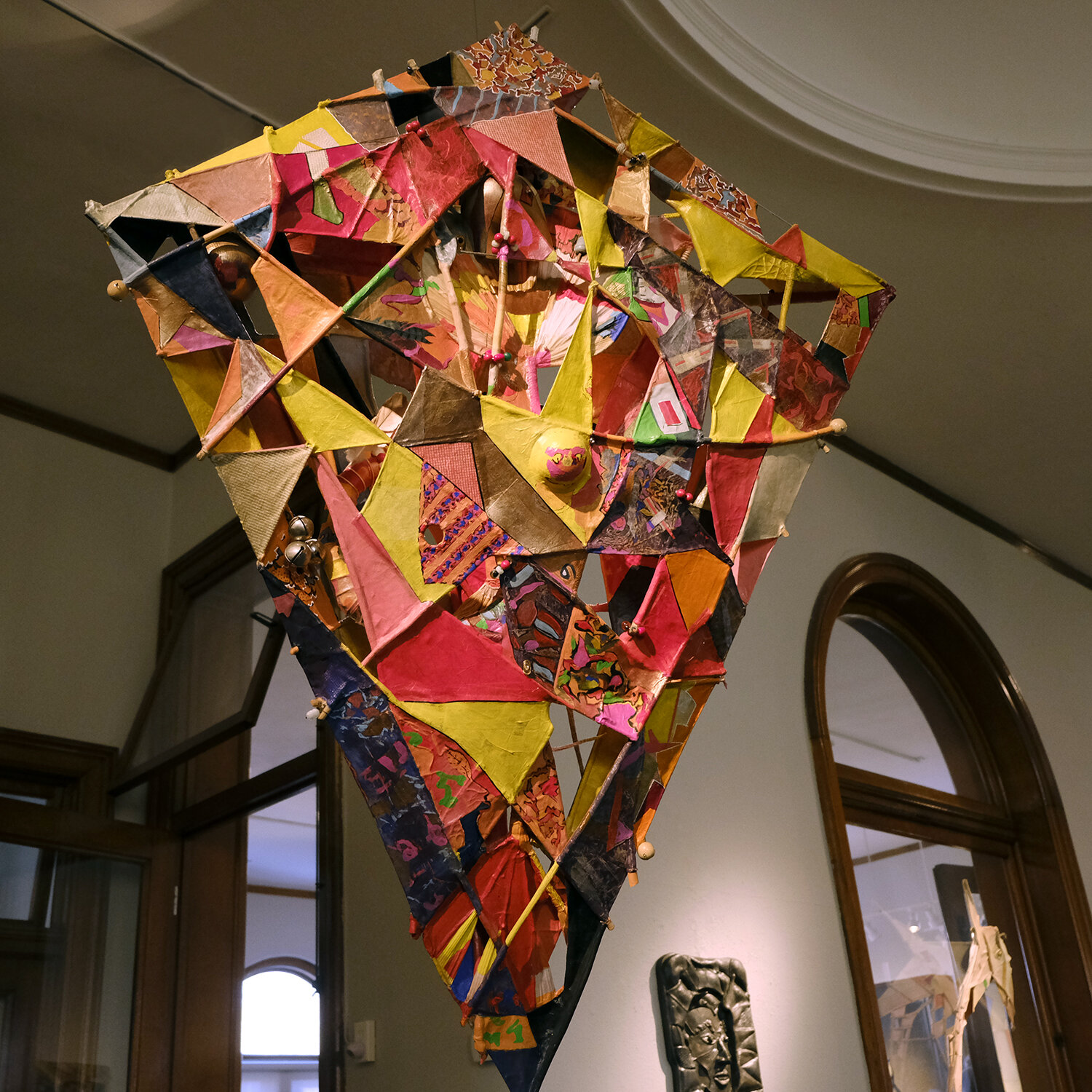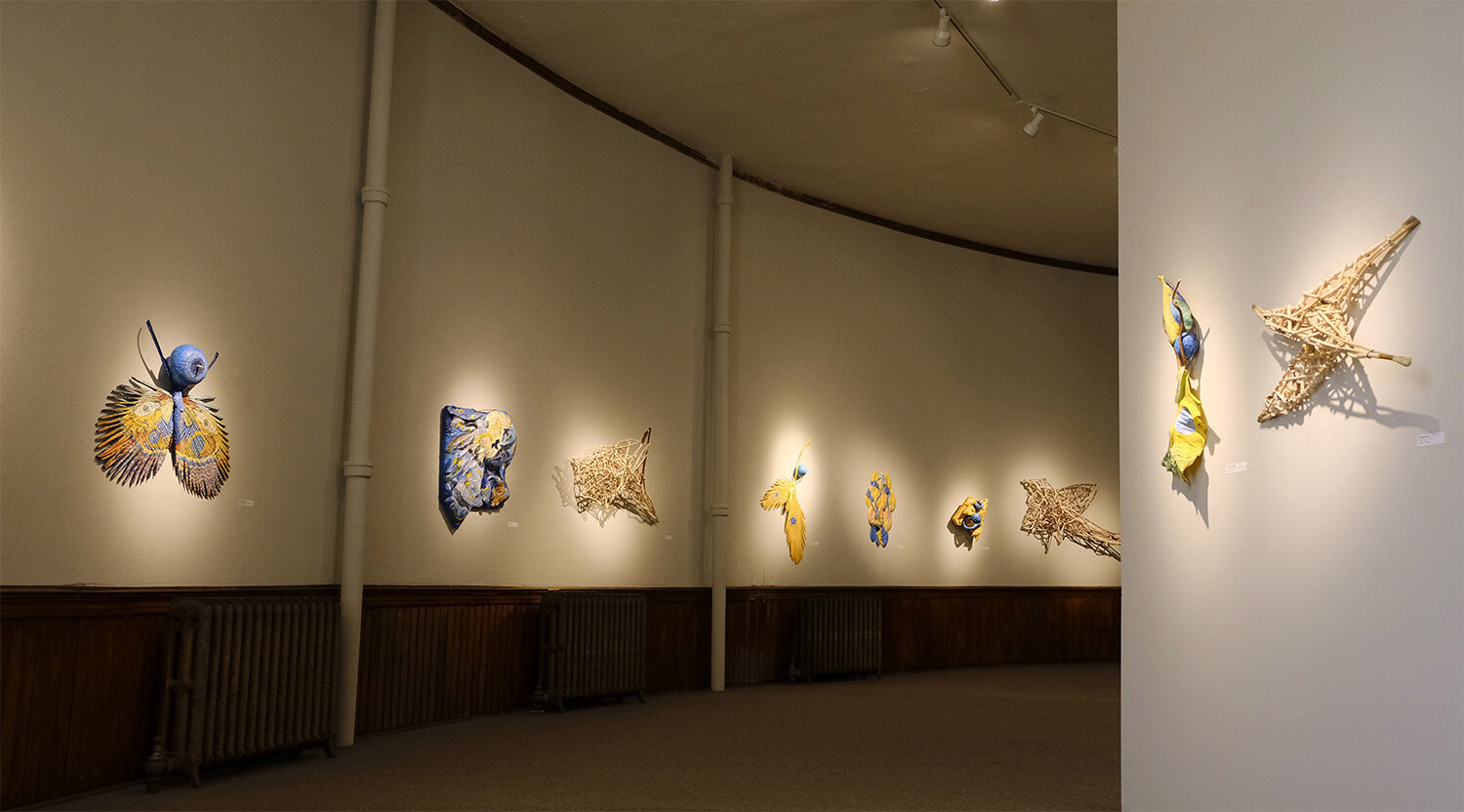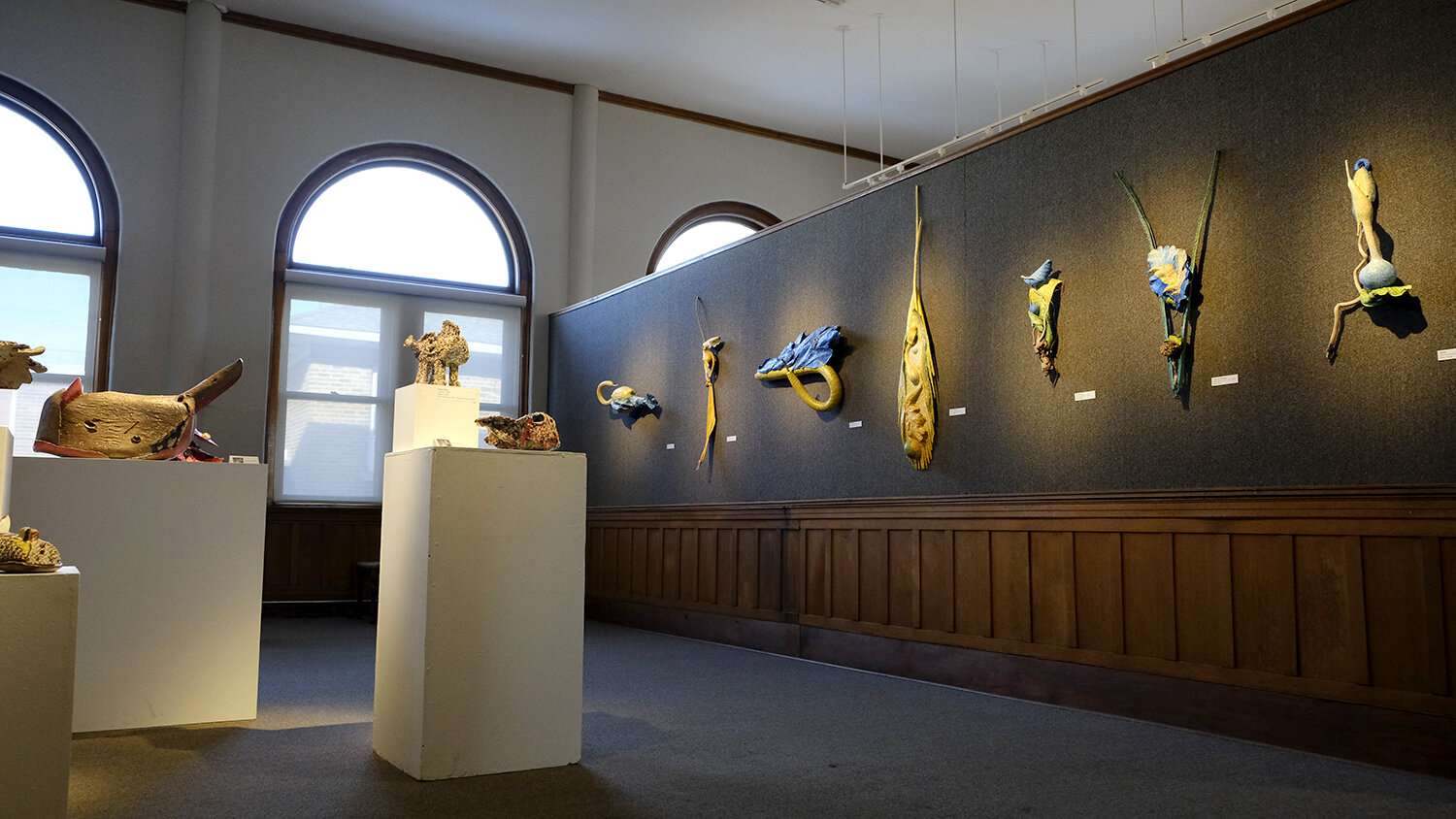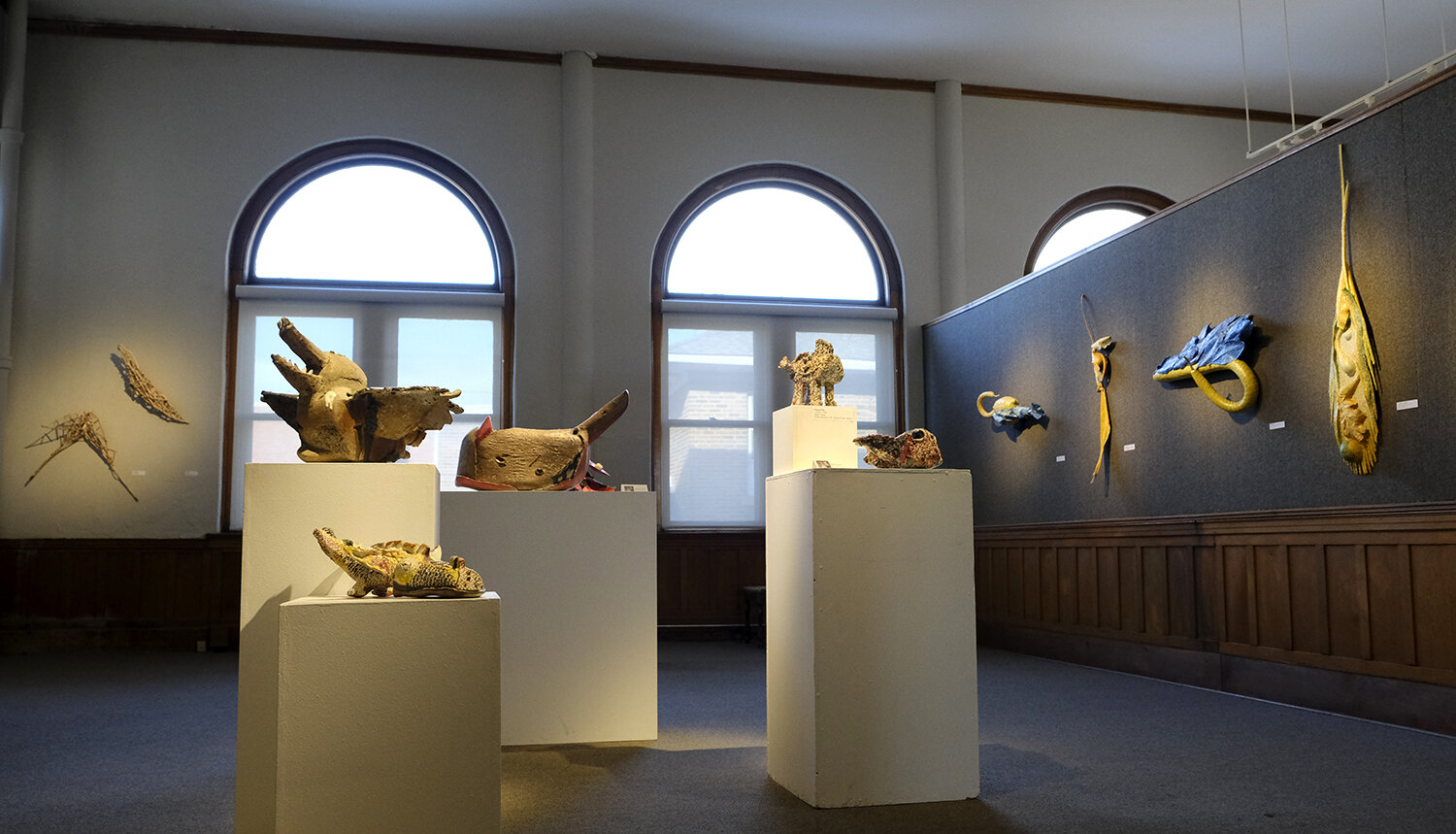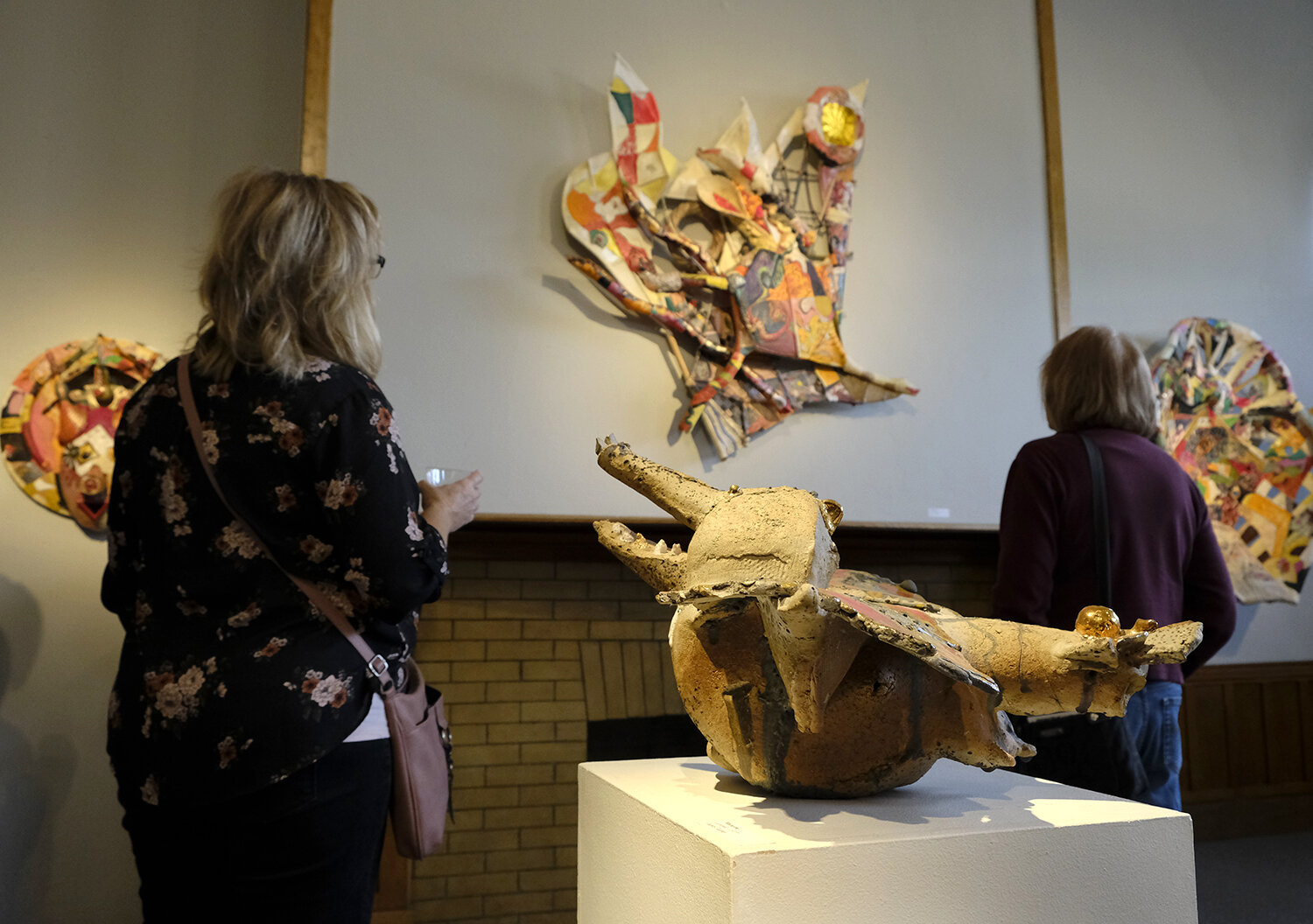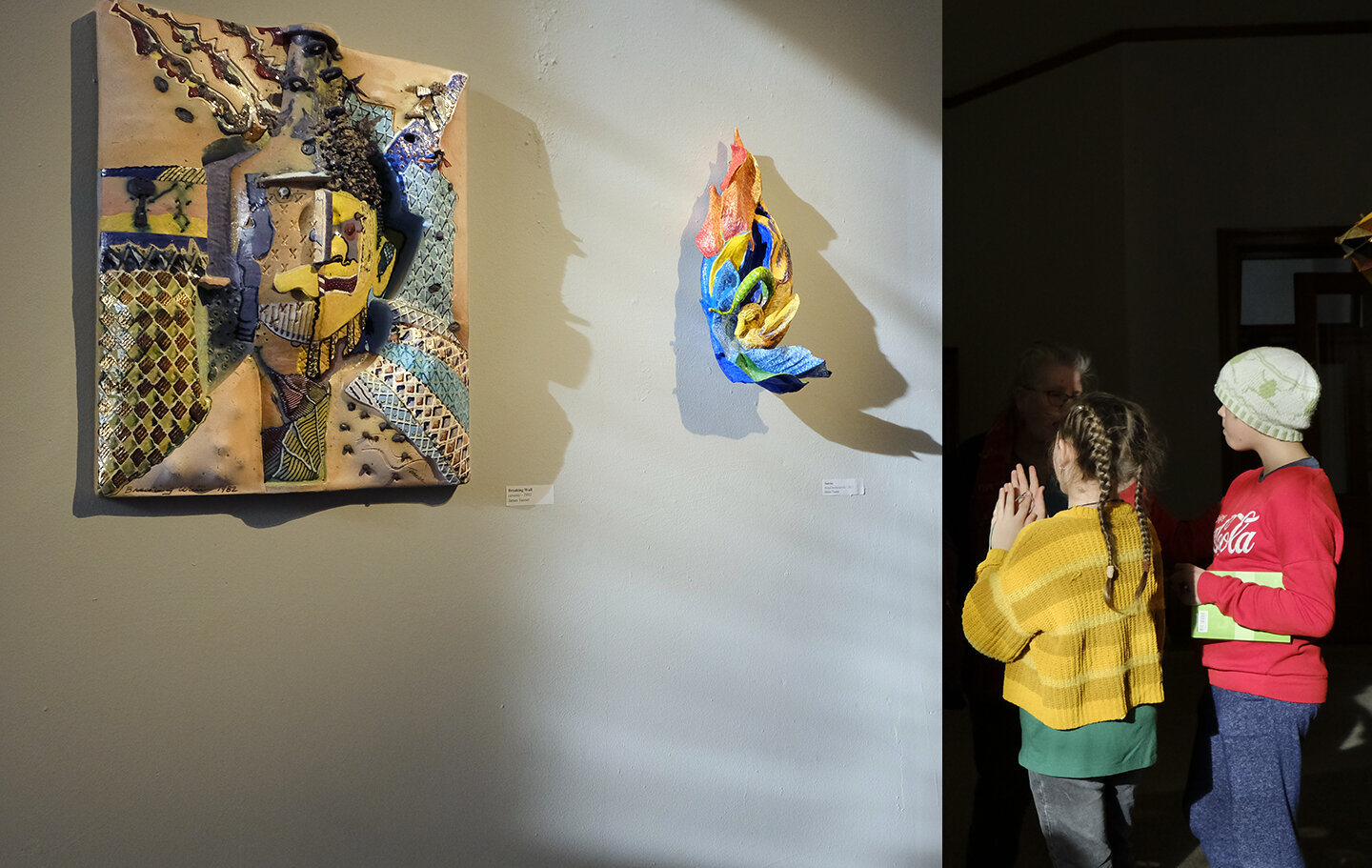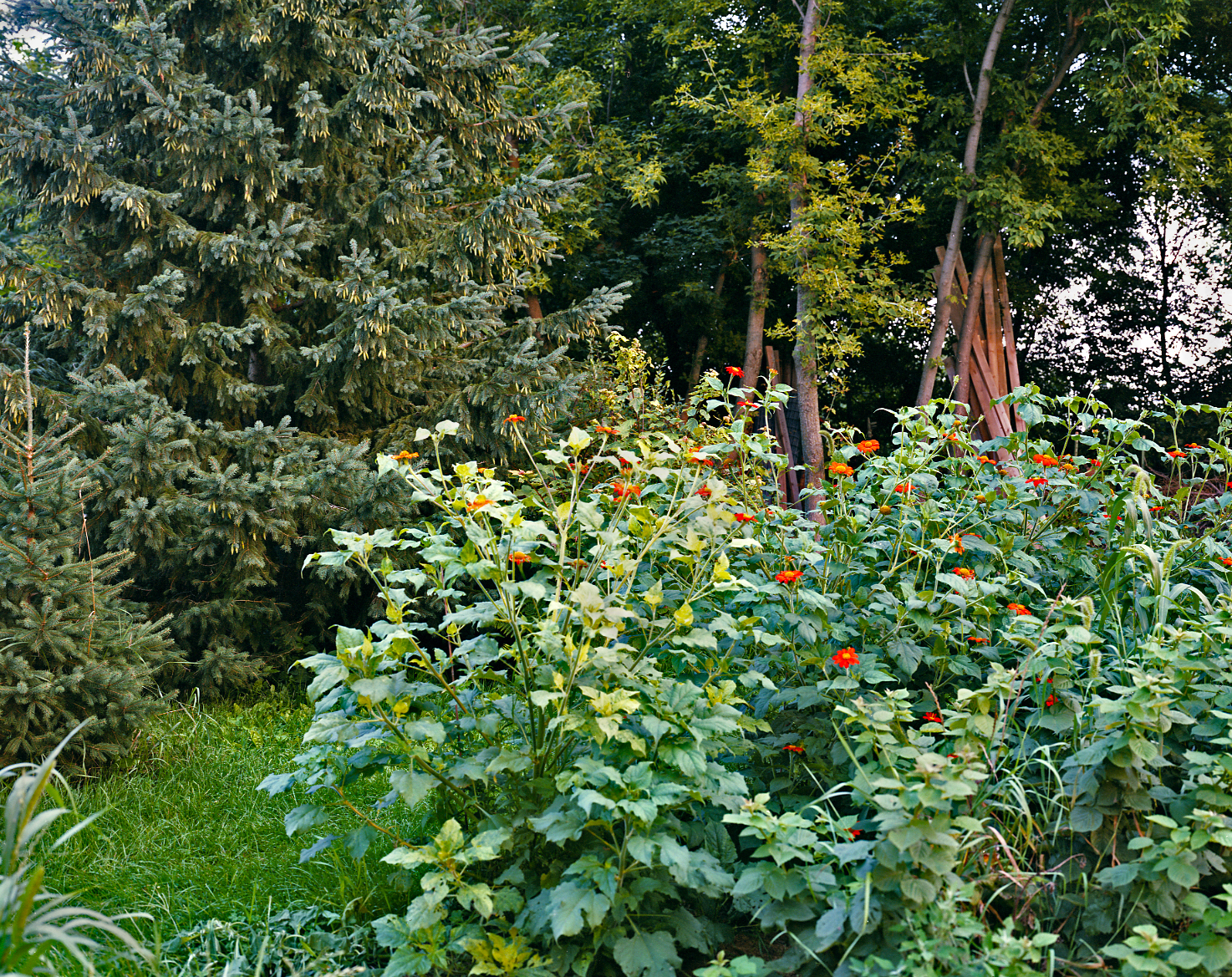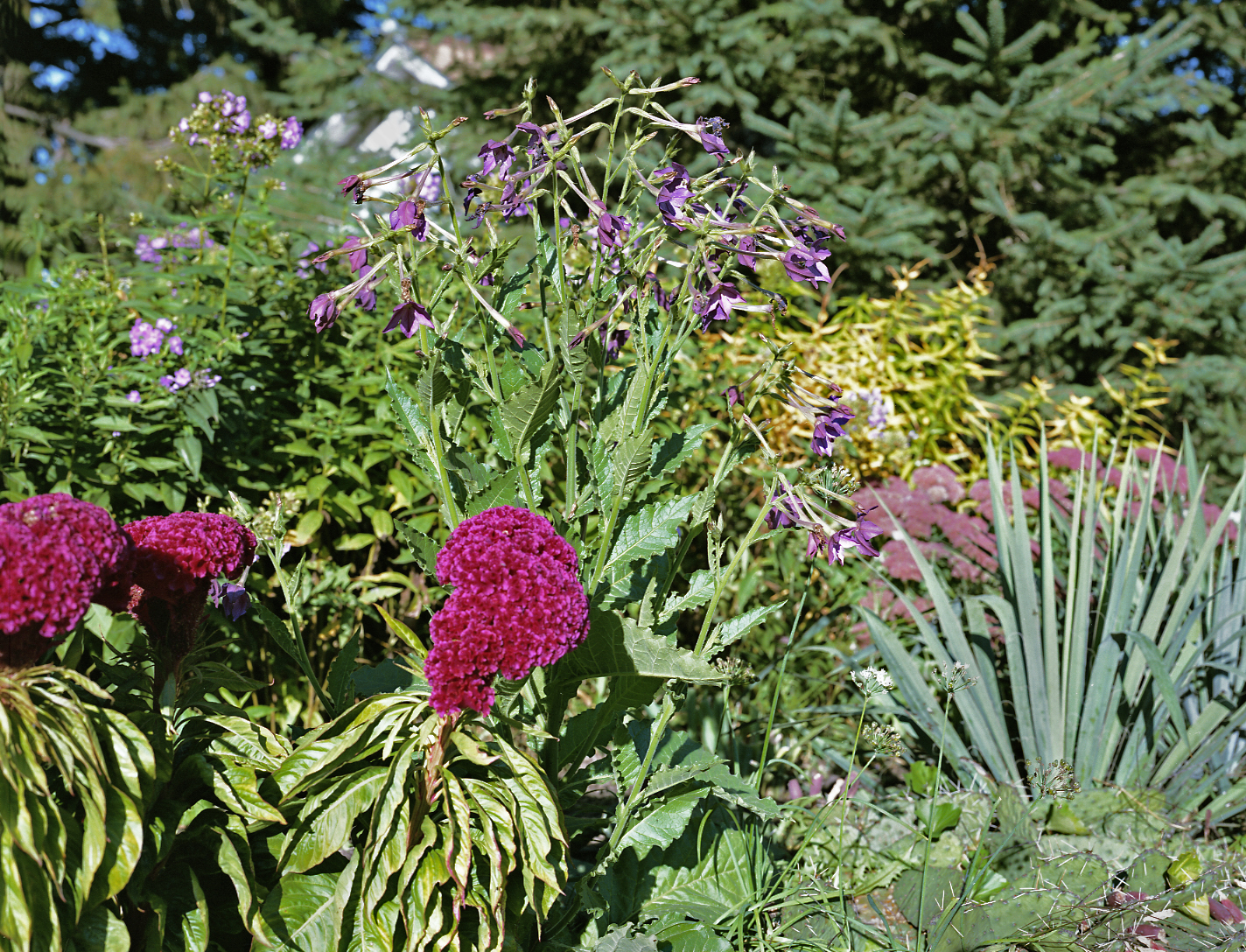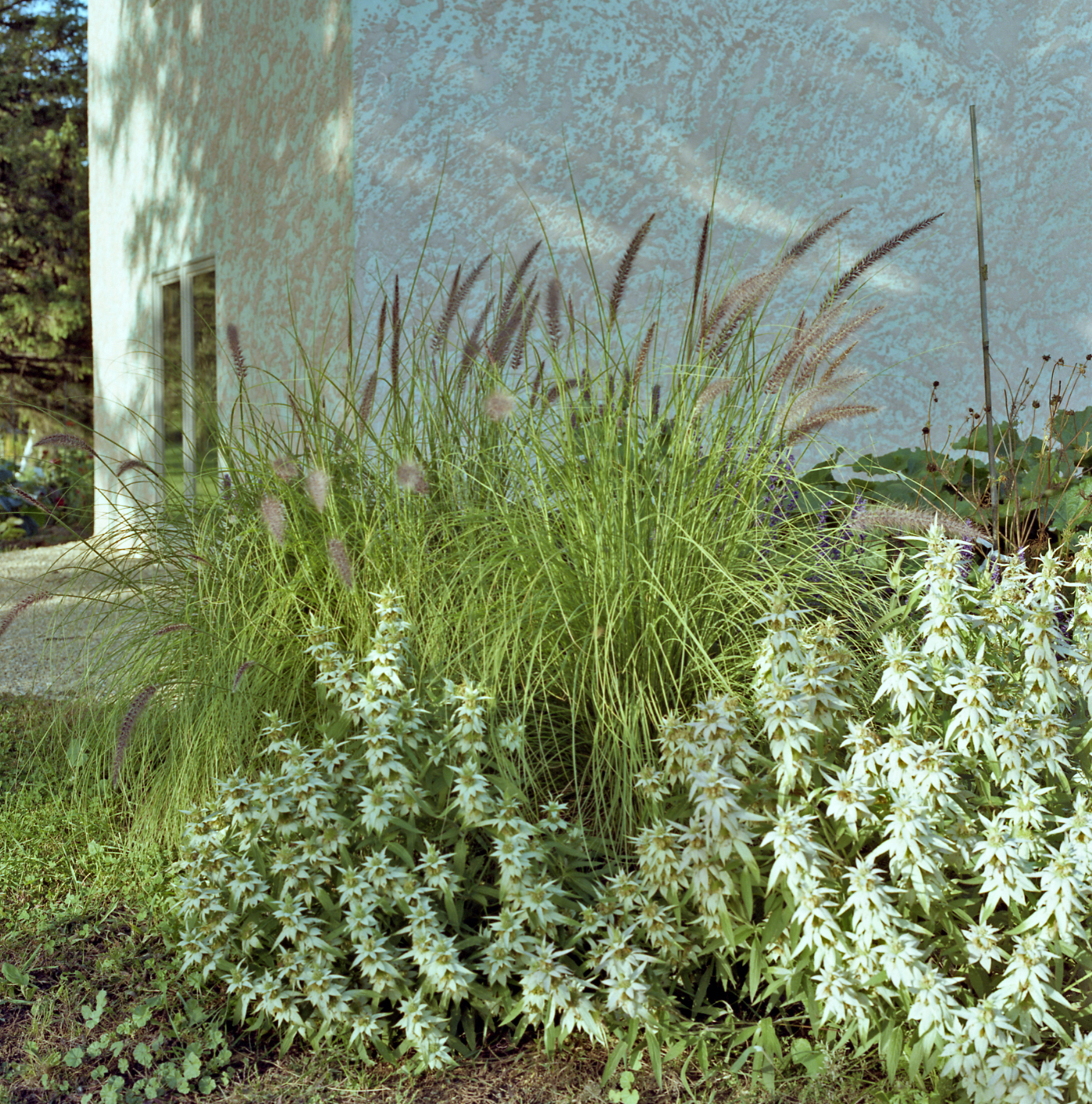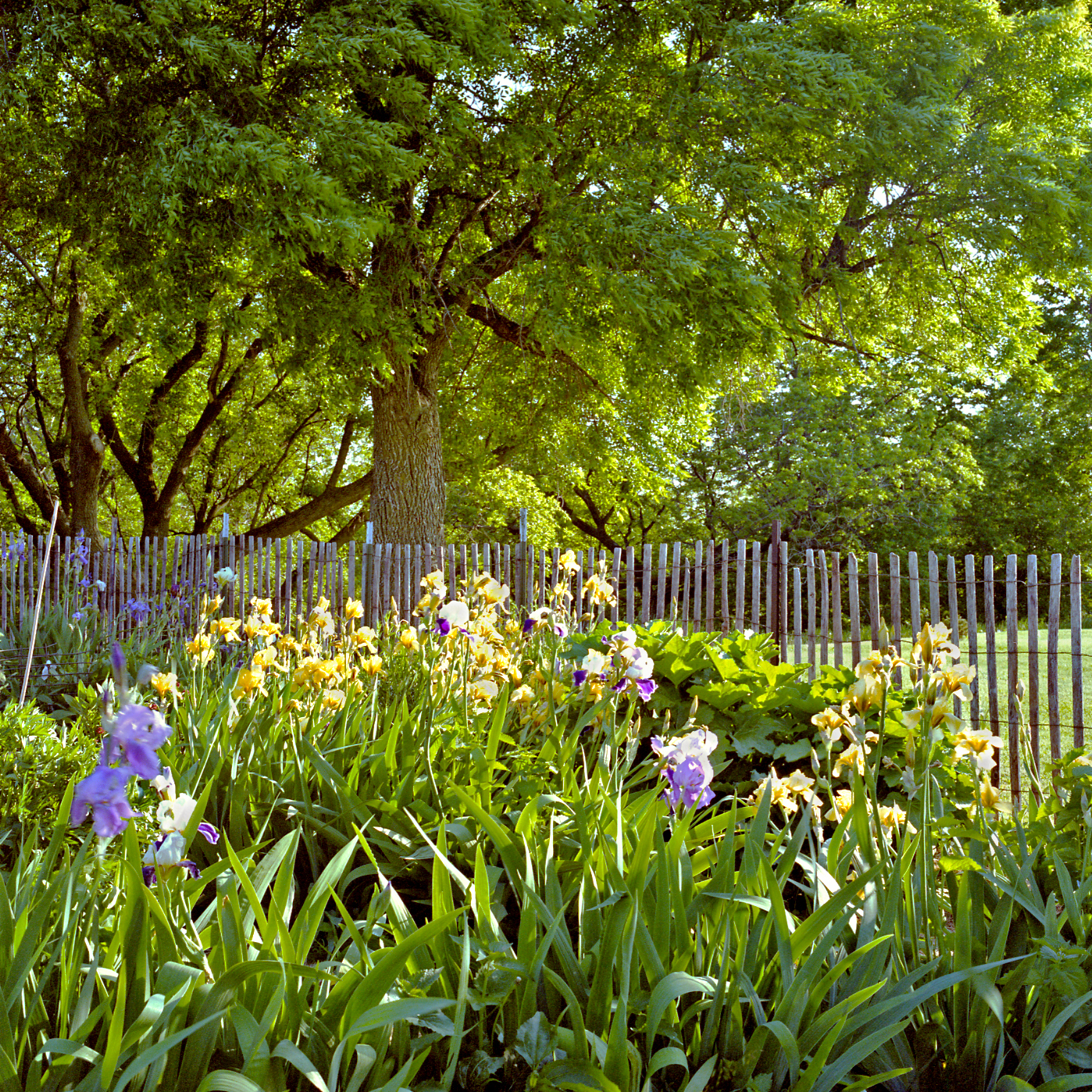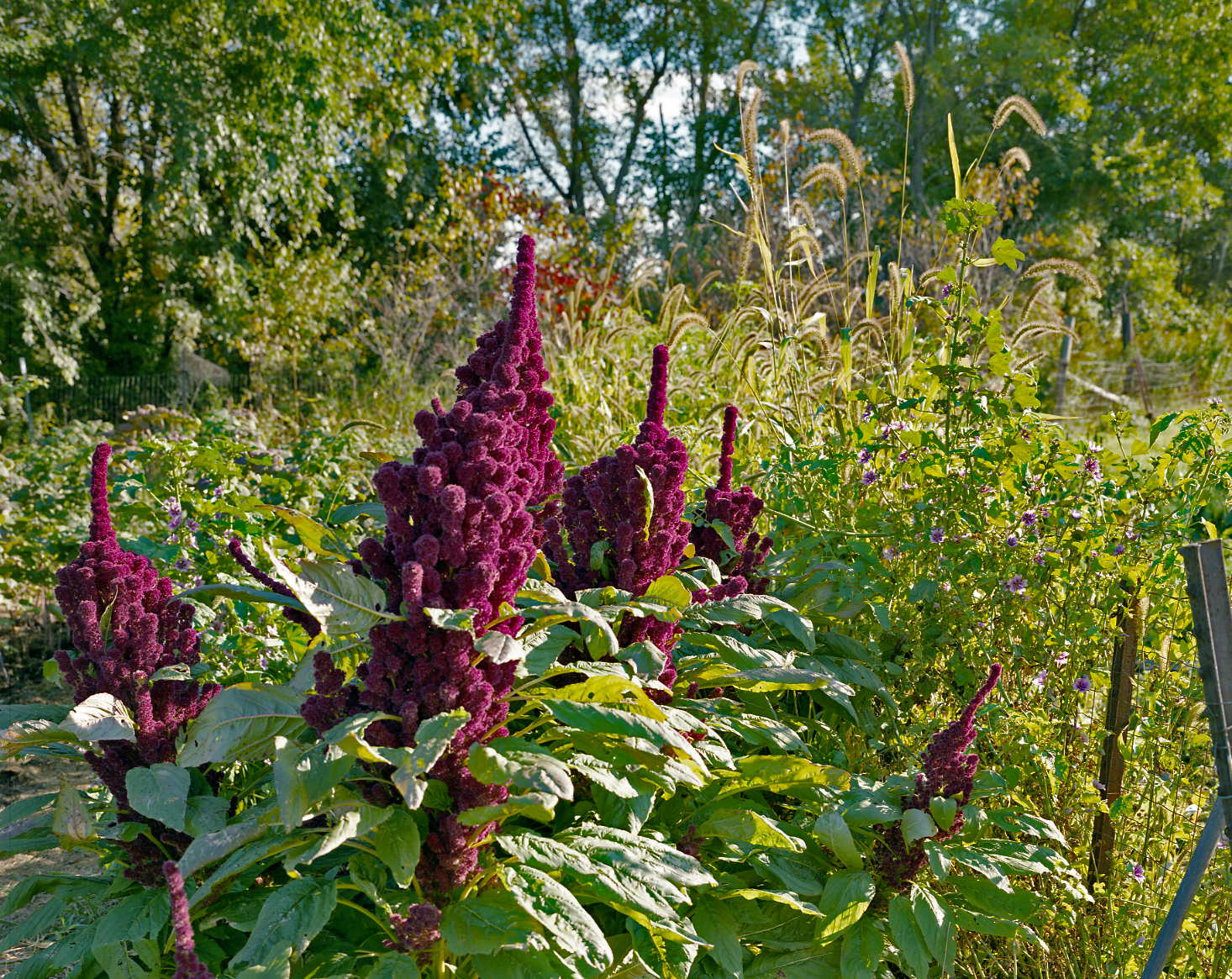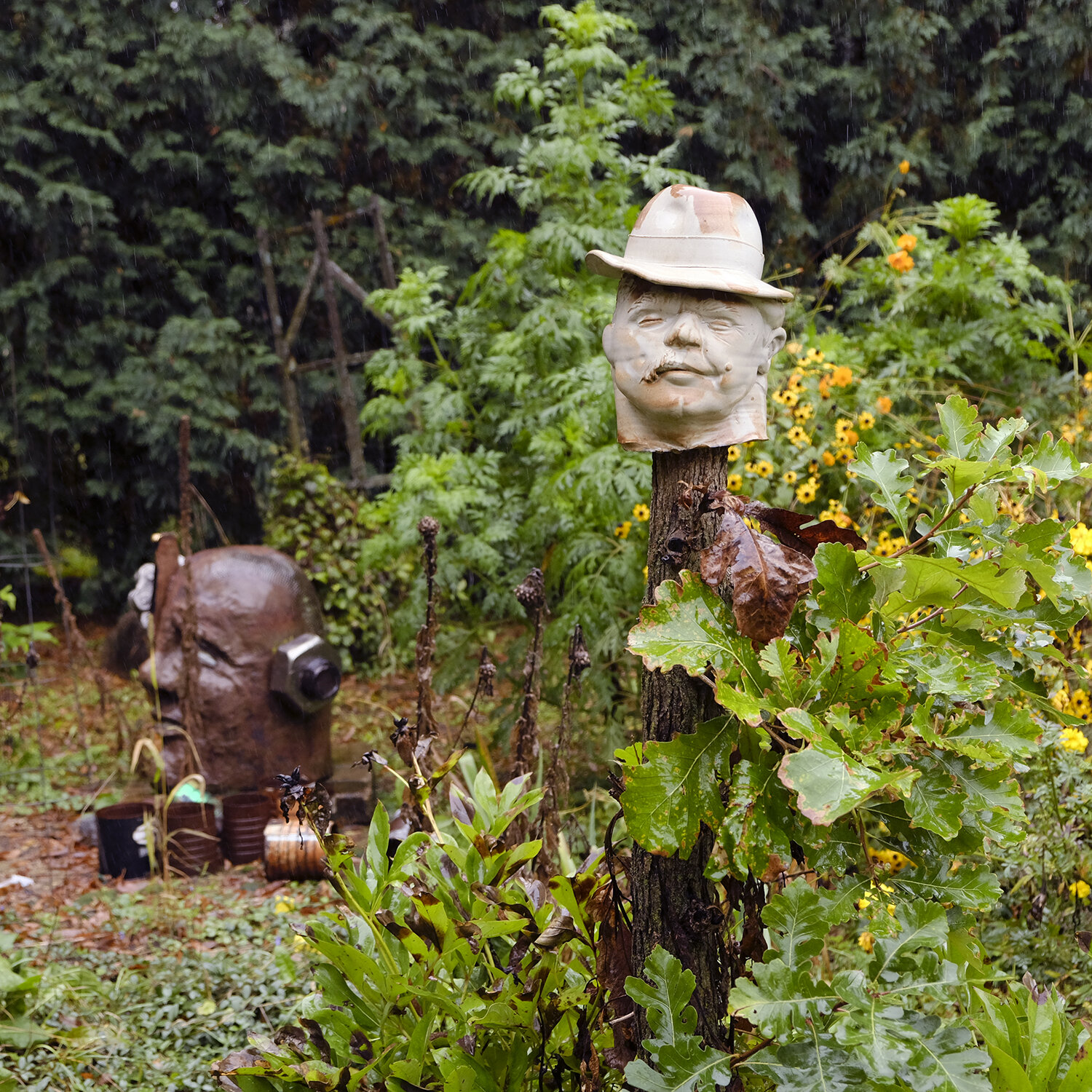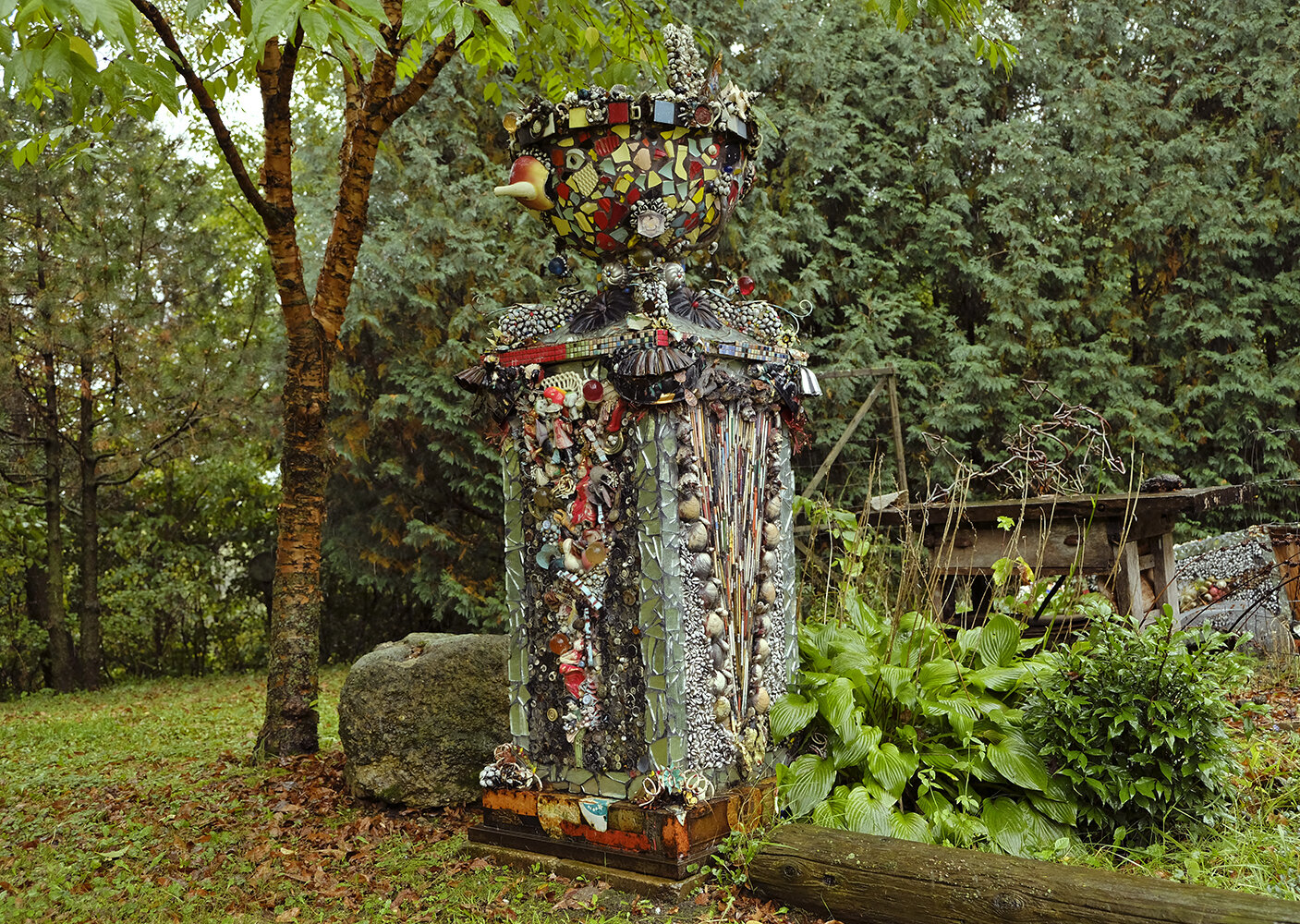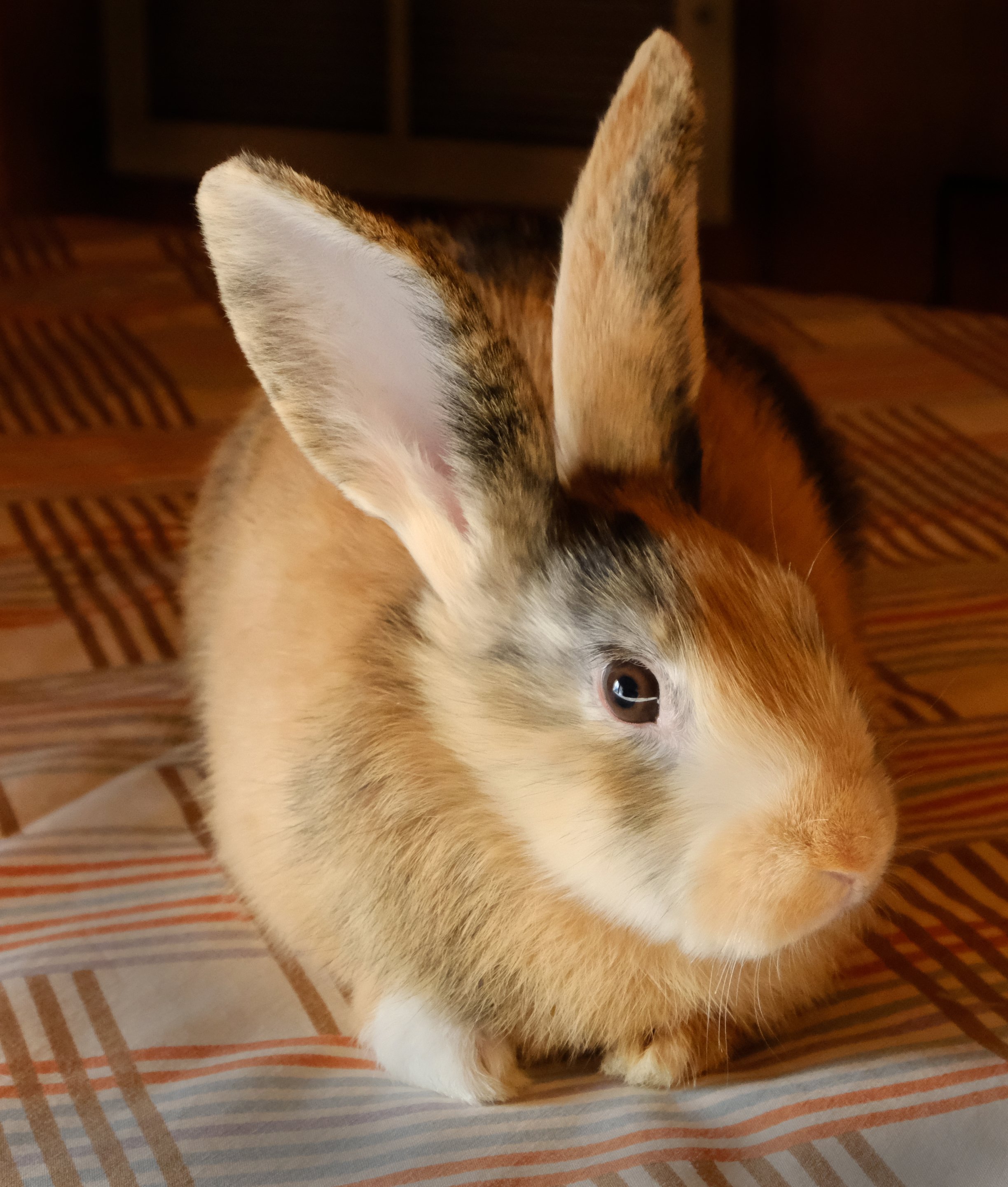It’s a Beautiful Thing to Live, to Breathe, to Embrace so Much of Nature - The Artful Lives of James Tanner and Janice Tanner
This blog post honors and celebrates Jim and Janice on the occasion of a major exhibition entitled “Things that Matter” at the Carnegie Art Center, Mankato, Minnesota from March 5-21, 2020. Text and photographs from visits and conversations from the 1990s through Fall 2019 are interwoven along with work from the beautiful and poignant exhibition.
Hopefully everyone has a friend or two like Jim and Janice Tanner – people who call forth one’s best self. People that when you speak with them, your life comes into clearer focus, and your work (as an artist or whatever it is that you do) becomes a more meaningful part of the world.
We met in the early 1990s when I directed the Minnesota State Arts Board Art in Public Places Program and administered projects at Mankato State University where Jim was a tenured professor. Through occassional visits over the years and an ongoing correspondence, we have become cherished friends.
Jim and Janice live twelve miles outside Mankato, Minnesota, where they built a house with studio spaces and extensive gardens atop a bluff next to the Le Sueur River in the gently rolling farmland of the south central part of the state. During the mid-1990s, I was working on a series about the relationship between artists and their gardens, and how they influence their art. I would usually visit around dusk to take pictures of the Tanner’s wild and glorious flower and vegetable gardens when the light was warm and luminous. Their garden was distinctively different – also a working landscape that provided sustenance throughout the year because of Jim’s vegetable growing prowess and Janice’s canning skills.
I was often invited to stay on for dinner. The table would be set with a simple meal of fresh vegetables including crisp carrot sticks and radishes minutes away from the soil and sliced turkey on home-baked wheat bread garnished with leaves of Japanese lettuce and brilliant orange peppers marinated in olive oil.
Both come from families of gardeners. Janice grew up on a third-generation family farm near Little Falls, Minnesota, and both her grandmothers were gardeners. Food maintenance was an important part of Janice’s youth – picking cucumbers, shelling peas and canning. She recalls that, “my family followed yearly routines based upon the growing season. In the fall, we would check a local cranberry bog and although some years we only collected a few berries, we were drawn to it to mark the changing seasons.”
Jim grew up in Jacksonville, Florida where his grandmother tended a large garden. She selected plants for color and form and to provide an ambiance of well-being – strategically locating a big hydrangea near the back door. Sugar cane used for syrup and chewing especially intrigued Jim when he was young because it is planted horizontally, but grows vertically.
Seeing Eye, James Tanner, 1983. Painted and glazed ceramic
Reptile Rodent Raptor (detail), James Tanner, 2018, tree limbs
Learning the fundamentals of planting and harvesting were necessary for independence. Rather than working to make money to buy food, Jim’s family provided their own food. He was involved in the muscle part of gardening, breaking ground and preparing for planting, developing a sense of being fundamentally involved with the land. He points out that, “people have different natures, and many have no interest in this type of work. But it is important to know something about our food sources.”
Ceramic sculpture by Bradley Sunnaborg. (Photo: R. Flanagan, 1995)
(Left) Aerial View, James Tanner, 2003, ceramic. (Right) Sunrise Floats on Sky, Janice Tanner, 2016, mixed media/acrylic
(Left) Green Sunshine, Janice Tanner, 2019, mixed media/acrylic. (Right) Boomerang, James Tanner, 2019, tree limbs
In 1977 when Jim purchased the farm, it had no gardens at all, just a 100-year-old farmhouse and a horse barn. Beginning in 1983, Jim, a tenured professor in Art at Mankato State University, began to take off from teaching in the summer to work in the garden. When Janice came to live at the farm in 1984, they developed the patio and adjacent flower beds in front of the farm house’s picture window and the vegetable garden and grape arbor in back. Thereafter, they settled into a routine that included working in the garden and yard in the summer and in winter, working in the studio and teaching until Jim’s retirement in 2003.
Ceramic sculpture entitled Cyclops by Amos White IV and ceramic gourd forms by Holly Pongratz on the patio of the old farm house. (Photo: R. Flanagan, 1995)
Sculpture by Steven Erickson. (Photo: R. Flanagan, 1995)
(Left to Right) Sunrise Above the River I, 2012; Sunrise Above the River II, 2015; and Butterfly/earth I, 2009, Janice Tanner, mixed media/acrylic
Sunrise Above the River I (detail), Janice Tanner, 2012, mixed media/acrylic
In 1993, they hired architect Phil Broussard to design and build a new house including studio spaces. Surfaced with an unusual aqua and sunset-colored stucco, the house provides a backdrop for plants, like looking at them against the sky. While the old farmhouse provided shelter within the landscape, the new three-story house has windows facing the Le Sueur River Valley and views inviting the landscape in. Jim and Janice realized they were now transforming the landscape, creating their place within it.
Dragonfly, Janice Tanner, 2009, mixed media/acrylic
Janice Tanner, Spring, 2020 (left) and Waterwave II, 2009 (right), mixed media/acrylic
Because gardening is a significant part of both their lives, it was an important topic regarding their compatibility. “The landscape is a two-person affair,” says Janice, “there is just too much going on for one of us to do. Jim adds that, “we have a complementary division of labor and trust each other which diminishes the fear involved in making decisions.”
They prefer very large plants as well as layering colors and textures and mix flowering plants among their vegetables; a practice that I’ve adopted for my own garden. Unusual color combinations and contrasts abound. Autumn-hued Rudbeckia plays against the blue-green leaves of a mature head of cabbage, or dill is scattered among the fuzzy pendulous blooms of the Victorian-era favorite Love-lies-bleeding. Giant deep-red elephant’s head Amaranth is an assertive presence among tall perennial grasses while nearby, scarlet Tithonia collects fluttering clouds of monarch butterflies.
Sculptures by friends, colleagues and Jim’s former students are discovered throughout the gardens. A large ceramic head, Cyclops by Amos White IV, surveys the north patio while a two-part ceramic sculpture by Brent Schwab hangs on the nearby garden shed, glimpsed through the foliage. On the lawn between the house and the barn, a rough wooden sculpture of a seated figure by Eriks Rudans guards the fire pit.
Jasper, James Tanner, 2011, mixed media. Installation view during reception at Carnegie Art Center, Mankato, Minnesota, March 7, 2020
Humid, rainy afternoon, October 2019. (Photos: R. Flanagan)
(Left) Reptile Rodent Raptor, James Tanner, 2018, tree limbs. (Right) The green is where, Janice Tanner, 2018, mixed media/acrylic
“Many people think the goal of those with extensive or elaborate gardens is getting them to the point where it is perfect and completed. But in fact, most people garden because they find the process rewarding,” says Jim. “But the unfolding of nature goes on and on. The effort of gardening provides a different sense of time – a timelessness that puts you in touch with the seasons and provides a sense of place and an attachment to the universe. Working with plants is a primal need and fosters a meditative frame of mind that leads to appreciating other things. Work in the garden balances the anxieties of life; you give yourself the space to work things through. It is very healing to see things grow – like a miracle.”
Photo: Janice Tanner from a series about birds, especially crows.
Bird over Moon (detail), Janice Tanner, 2011, mixed media/acrylic
The Tanner’s relationship with their garden is complex. Not only is the garden a source of food and sustenance, but also beauty and aesthetic inspiration. The garden has affected their creative process in unexpected ways. “The look of the garden, its beauty and changeability, is just the surface,” says Janice. “While I have been working in gardens since childhood, I now realize how long it takes to do something well – the deeper influence the garden has had is to help me understand patience.”
The garden also has taught Janice how to be flexible and move through new artistic ideas, translating them into different mediums. When her thinking gets muddled while working on a painting, she often goes into the garden and simply looks at plants. Jim adds that Janice endlessly photographs the garden and is fascinated by the daily as well as the seasonal changes it goes through. He notes that, “seeing something differently each time is an important part of the creative process. The attitude of seeing something afresh and not repeating oneself – is a tenet of contemporary art practice.”
“I was spending lots of different times outside with the camera and you’re seeing things you wouldn’t see otherwise. So I was traversing the same piece of land, but it’s not always the same piece of land; so complicated.” (Photo: Janice Tanner.)
Jim finds that the garden has been a more significant influence on his life as a person than as an artist. The garden has been important to his health and his relationships. It has taught him not to have conflict with the passage of time and fear the evolutionary process, and aging. He sees parallels in the life-cycle of plants and his own life. “Working day-to-day,” he says, “everything has its time in the coming and going of things – and this understanding strengthens you. It’s a beautiful thing to live, to breathe, to embrace so much of nature.”
